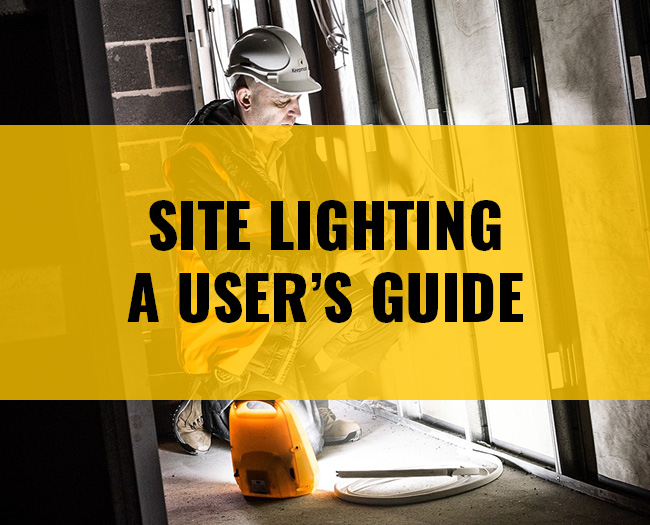As winter draws in, it’s super important that you’re not kept in the dark which is where a good selection of site lighting comes in. Question is, what’s the difference between all the different types? We explain…
Types of Site Lights
There’s a whole myriad of different site lights available to the average tradesman out there and it sure can be confusing picking the right one for the right job/environment/weather… it’s tiring to shine a light on the situation so you can make the right choice! So, as you can see below, we’ve listed all the types of site lights that are available…
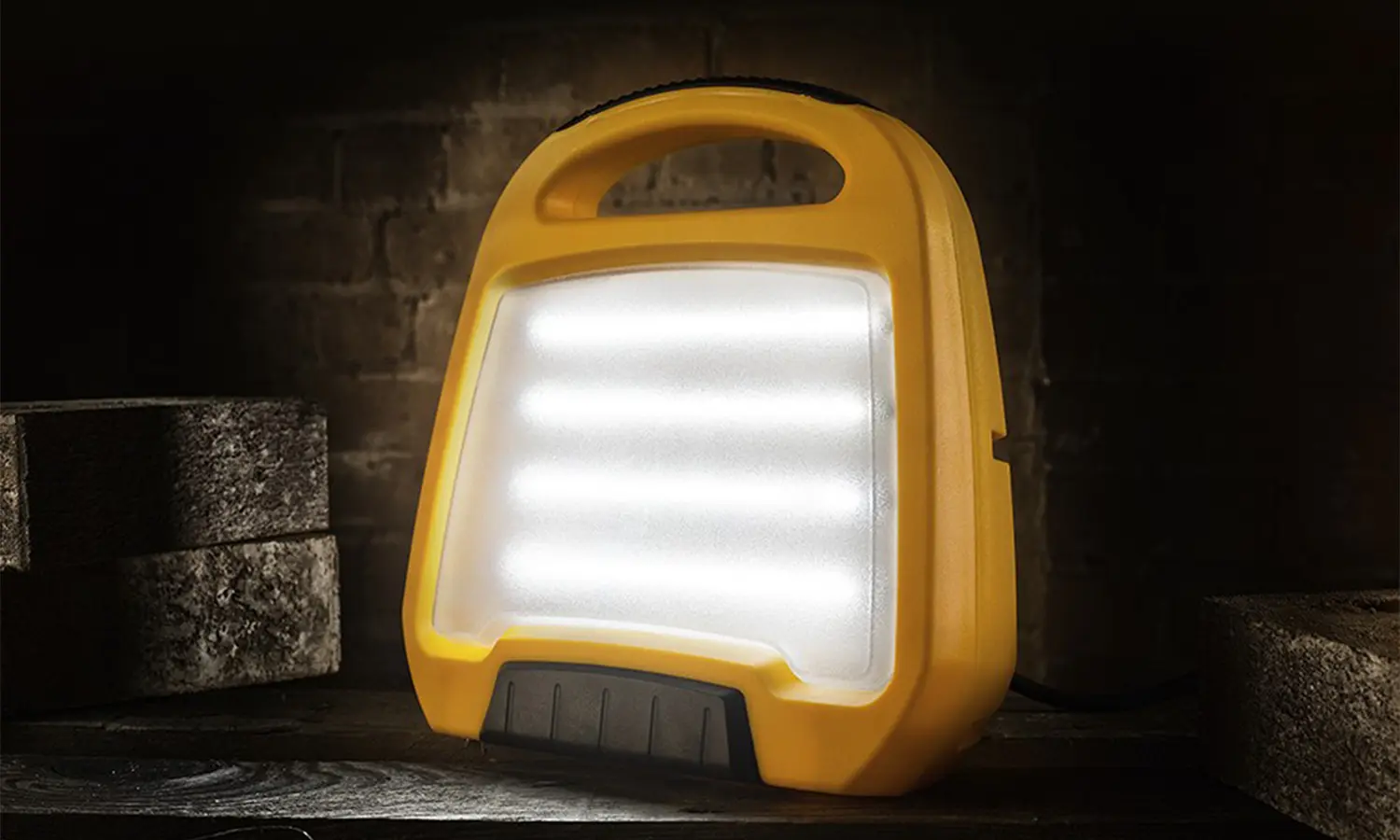
Freestanding work lights
No doubt you’ll know of these sorts of lights as they are some of the most popular, flexible and portable lighting solutions out there. They’re designed to be tough and ready for the rigours of the worksite – just like their owners!
As they’re so popular, it’s no surprise that you can choose between the flexibility of cordless units or the more traditional 110v/240v corded models. The choice is wide in terms of features with LED lights, super-bright floodlights, low heat producing models and hangable lights that cover a lot of bases
As mentioned above, they’re very flexible and extremely portable so if you’re looking for a general purpose light to illuminate most environments then this is the right choice for you!
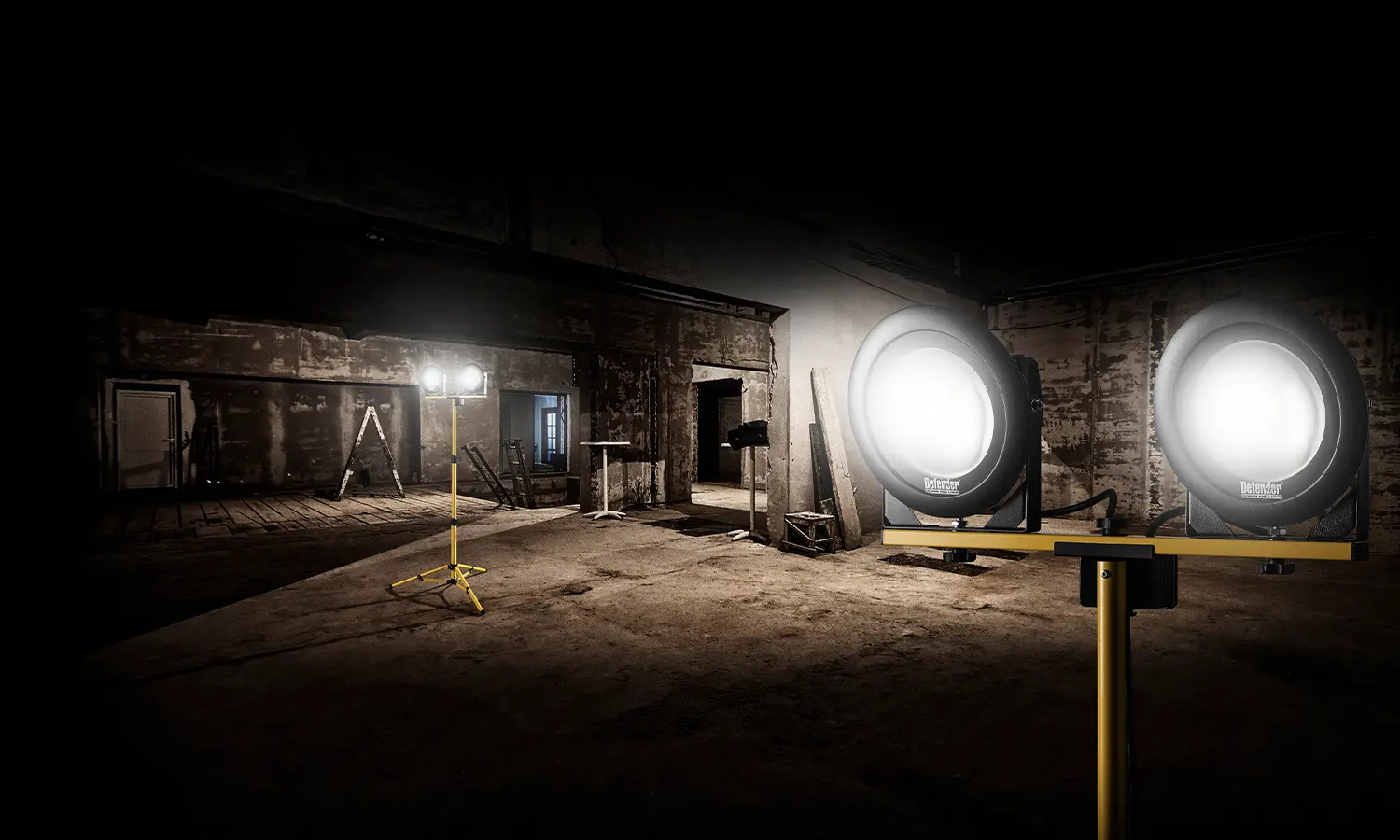
Tripod Lights
Over to the big boys! These non-nonsense spotlights are the classic style of site lighting that you find up and down the country. They spread their glow over a large area so for a particularly dark construction site, these floodlights will illuminate the entire area from above.
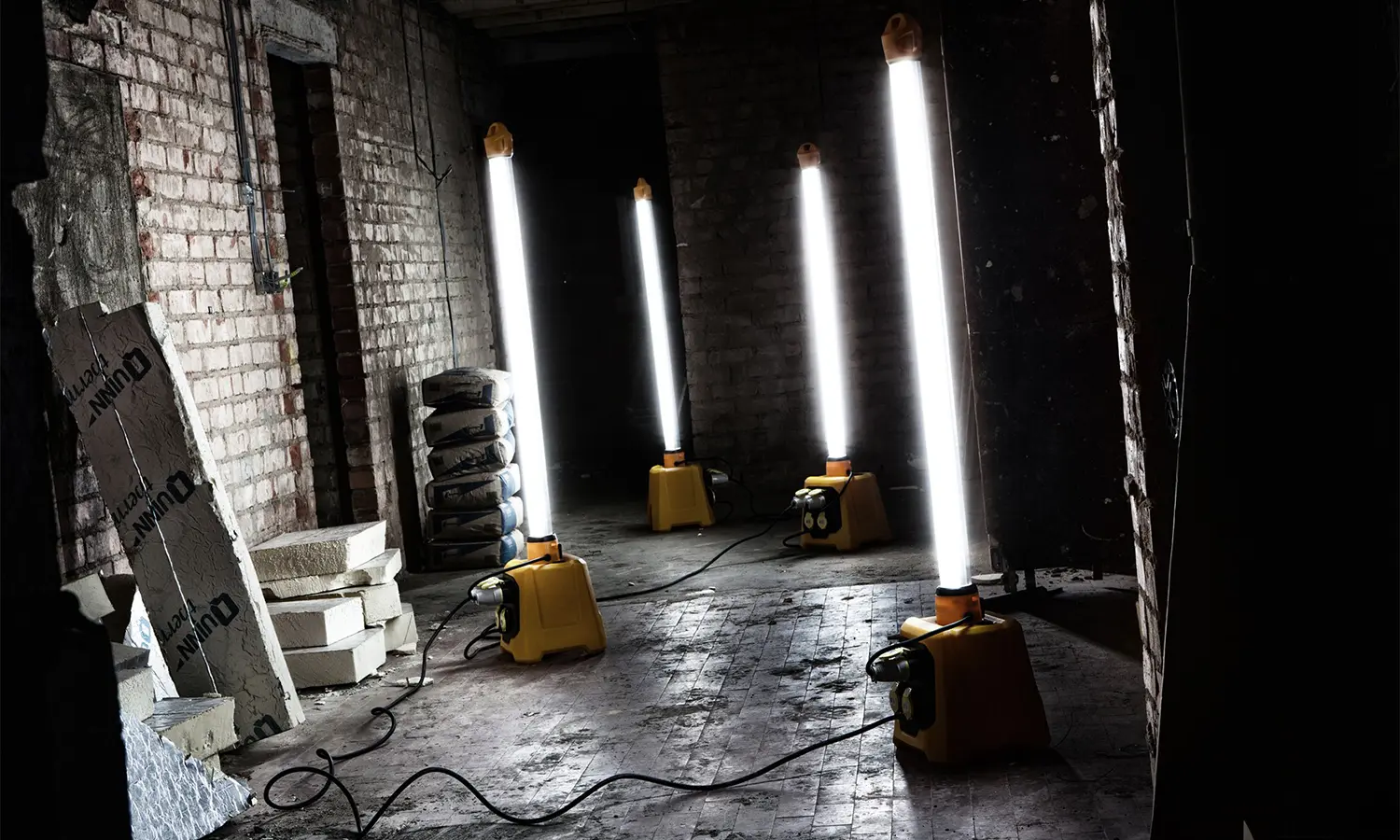
Uplights/Tube Lights
These style of lights use fluorescent tube bulbs which means that as well as being extremely bright and able to light ‘up’ a space, they’ve got a low energy output – more about bulbs later.
These lights are a great combination of Tripods and Freestanding as they’re easy to transport but are able to pack a real punch when lighting up a large area. They’re perfect for lighting up high ceilings so great for plasterers and other tradesmen who are working up in the eves.

Festoon Lights
Need a large number of lights that can placed in a big space? Festoon lights are the way forward as these are a procession of lights all connected up so you can hang them in a line from one end of a space to another.
Perfect for illuminating a pitch-black hallway or corridor, they can be especially useful in showing tradesmen which way is out!

Torches
We all know what torches do, I’m pretty sure everyone reading this blog has used one so I wont insult your intelligence in explaining what these hand-held lights do.
Needless to say, it being such a common-or-garden item, torches are an essential item that means it’s worth getting the right one for you.
There’s plenty of different choices to look at from standard bulb to LED torches plus the variations on a theme such as head lamps and clamping lamps that give you the flexibility you need when working in various locations
To see what site lighting is on offer, just click through to our lighting section and let us illuminate you! So that’s the actual lighting units covered, I’m sure you’re pretty happy with that information… but wait! There’s more things to think about….
Types of Bulbs
That’s right, the things that actually banish the darkness from whence it came – bulbs! There’s obviously different types but who can tell a lumen from a light-emitting diode? We can!
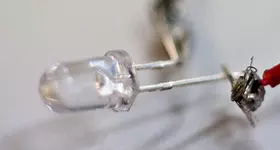
Light-Emitting Diode (LED) Bulbs
The presence of LED bulbs in site light has definitely increased in recent years and there’s plenty of reasons why this is the case.
LED bulbs have a much longer lifespan in comparison to other bulbs and their electrical efficiency is also greater. The amount of power in watts that is needed to create around the same amount of lumens (the brightness of the light) can be a quarter of what a halogen light needs and 6 times less than a standards (incandescent) bulb you’d use in your bedside lamp. The lifespan can be equally impressive with up to 50 times more hours in an LED bulb compared to those traditional bulbs.
When it comes to day-to-day workings, they’re instant when they’re turned on so there’s no need to wait for them to warm up or any of that nonsense – when you need them, they’re there. That all sounds great you must be thinking but what’s the catch? Well, unsurprisingly, they’re more expensive than other bulbs but you make your money back with ease as you won’t be replacing bulbs anywhere near as much as you would with those others types…
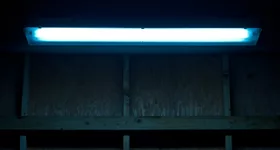
Fluorescent Tubes
Most people will know these tubes as the light of a million depressing village halls and offices but they’re an excellent, extremely efficient source of light.
In comparison to the more traditional incandescent bulbs, fluorescent tubes (or lamps) use 25%-35% less power to produce a similar amount of brightness and in addition to this they can last up to 10 times longer. Again, as with LEDs, these advantages come at a higher cost but the long term savings mean they’re a good choice for a lot of different applications and especially good for situations where they have to be on for a long time.
They come in a range of different shapes and sizes but the most recognisable shapes are the straight tubes and the compact style that you see in some of the lighting products ITS supply.
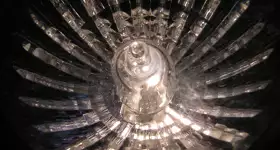
Halogen Bulbs/Lamps
Halogen bulbs are a variation on incandescent bulbs as they add a chemical like bromine or iodine to the lamp and therefore the light appears brighter. This process also helps the bulb live a longer life and also means they’re smaller.
Generally, these sort of bulbs don’t appear much in work site lighting as they’re more regularly used in smaller lighting units… But doesn’t it feel good to learn something new!?
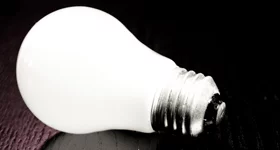
Standard (Incandescent) Bulbs
Everyone knows these sort of bulbs, the type that are in your man-draw… the type that you buy from Ikea then realise they don’t fit in any light fittings, yep, those bulbs.
Although the stats don’t favour these standard bulbs in terms of efficiency and lifespan, they have two great advantages… They’re very well priced and they’re available absolutely everywhere so you never have to worry – if they sell Double Deckers, they’ll probably sell you a 60W bulb!
So, that’s a rundown of what’s what in the world of site lighting. I hope that this guide has brightened your day and that you’ve not been left in the dark but if you’ve got any questions you’d like us to illuminate you on, then pop them in the comments section below. Alternatively, nip over to our Facebook page or Twitter feed to get in touch!

